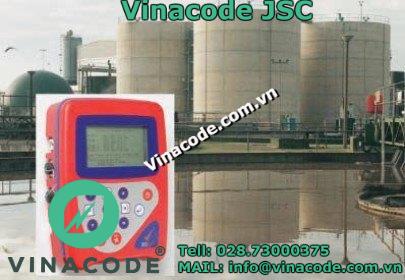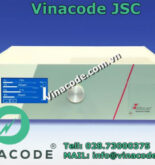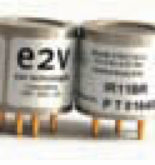Extronics (UK) has launched the iLEL100 Probe to monitor the flammability (Lower Explosive Limit, %LEL) of a gas or solvent vapour by direct insertion into a process or extraction exhaust duct or alternatively to monitor for a range of Toxic Gases.Â
Extronics iLEL100 direct process insertion probe has been designed on the basis of reducing high installation and commissioning costs as well as substantial maintenance costs.Â
“One of the main extractive system operator concerns is system blockage, if the sample has the potential to condense within the extraction system; the question that arises is how long will it operate for before it finally fails? The result of a blockage means expensive down time until the problem is resolved†said Paul Lazor, Sales and Marketing Director for Extronics.  Â
To address this problem Extronics designed the iLEL100 probe for simplicity with no pumps, no aspirators, no filters, no narrow bore tubing and long sample lines, no heated line, no coolers or condensate vessels.Â
Narrow bore pipe work was replaced with pipe diameters between 10mm and 40mm, the entire probe assembly is manufactured from stainless steel and is positioned in situ hence the sample path is extremely short and the probe is maintained at the process temperature eliminating the need for heated lines or condensate devices, as well as reducing response time to an absolute minimum, which for safety applications is critical.  Â
Extractive systems often require remote panels or enclosures to house the conditioning systems and analysers or sensors and if the area outside of the process is deemed to be “Hazardous†in accordance with the ATEX Directive then the panels or enclosures may have to be located a long distance away in a safe area. Extronics iLEL100 was designed in accordance with the ATEX Directive and is certified for use in a Zone 1 environment. Â
Maintenance is labour intensive costly and time consuming requiring careful scrutiny of any couplings, glands and seals, removal and examination of pumps or the cleaning of aspirators as well as changing of filters, all of which present a major maintenance programme for the operator.  The simplicity of the iLEL100 probe is such that installation requires only the fitting of a flange at the process analysis point and wiring back to a panel, a calibration nipple on the iLEL100 probe assembly allows gas to be passed across the head of the sensor on a bi-annual basis to check the probe, (depending upon the application) which concludes the extent of the maintenance programme.
Â



